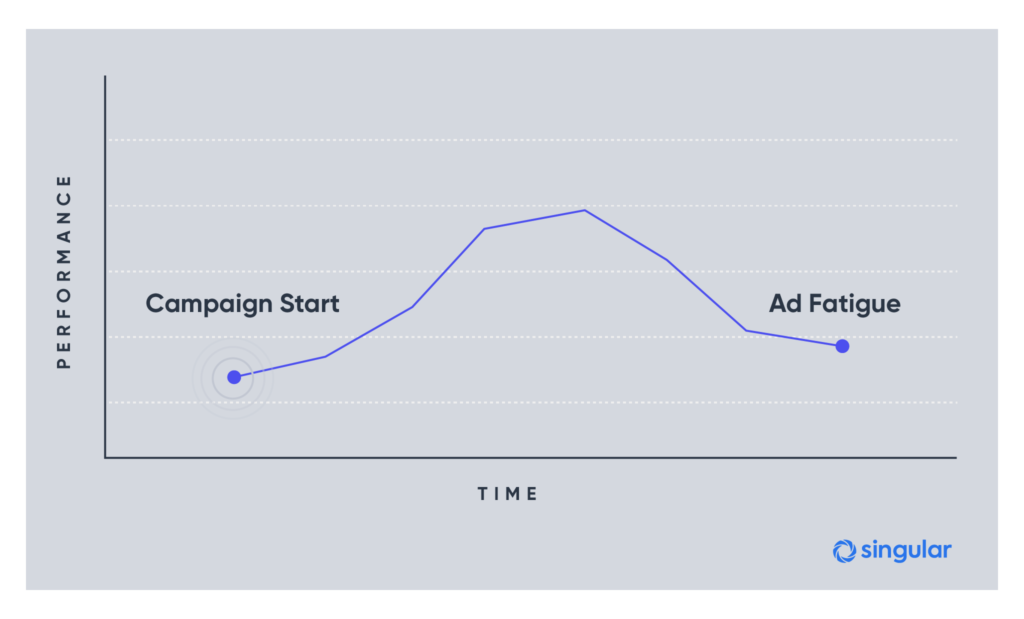The “Four Levers” of Retail Marketing Campaign Optimization
23x more likely to acquire customers. 6x as likely to retain customers. 19x more likely to be profitable.
That’s what McKinsey reports about data-driven organizations.
And, being “data-driven” is exactly what’s needed for eCommerce/mCommerce, direct to consumer, and subscription brands to improve digital sales.
After all, the retail marketing landscape isn’t getting any easier. Between a highly saturated market, growing demands for laser-focused personalization, and a constantly evolving customer experience, you have to keep up with an industry moving at breakneck pace.
How should you use data to accomplish your team’s goals? Most likely, you’re trying to:
- Acquire more first-time buyers
- Turn first-time buyers into loyalists
- Drive incremental revenue via purchases or subscriptions
- Re-engage high-value buyers and subscribers
Answer: Focus on four “levers” to make sure your ad campaigns are optimized for success. Here is just a preview of the great tips you’ll find in our Retailer’s Guide to Marketing Campaign Optimization. Download the full document for complete advice, pro tips, and creative examples.
1. Build the right creative
Creatives are key to engaging buyers, particularly for the retail vertical. Being able to quickly grab people’s attention can make or break your campaigns.
To build the right creative….
- Focus on quality over quantity: Make sure it’s viewable, has a clearly communicated USP, and a powerful headline.
- Avoid ad fatigue: If people see your ads too often, they’ll respond to them less.
- Get dynamic: Use dynamic ads and dynamic creative optimization to deliver personalized ads based on the interest people show on your website or app, allowing you to understand which assets work best.
- Get sequential: All of the major publishers offer some type of ad sequencing. With sequencing, you can arrange your ads so that they’re shown in order. Users don’t have to interact with an ad before the next one shows up.

2. Set the right bids
Bid optimization is all about monitoring performance and analyzing data. When it comes to optimization, most of the time less is more. Be mindful of how often you should adjust your bids and budgets throughout the day.
To set the right bids:
- Determine your budget: figure out what’s doable and go from there
- Give it time: Let your campaign run long enough to gather sufficient data
- Once you know what’s working (and what’s not), adjust as needed
Adjusting is part art, part science. Make sure your bids are high enough so that your ads are being shown and you stay competitive, but low enough to keep your CPC in check. Or, invest in a tool that automatically adjusts bids for you based on performance—just a few on the market include Kenshoo, Marin Software, and Smartly.io.
3. Allocate the right budget
You’ve got the perfect creative and a stellar bidding strategy. How do you know how much to spend?
We recommend a holistic measurement approach in how you allocate budget:
- Think cross-channel: See how you’ve spent historically across channels
- Go full-funnel: Compare spend between top-of-funnel, mid-funnel, and bottom-funnel; a full-funnel view of performance ensures you’re allocating the right budget
- Go high with ROI: Optimize based on your highest ROI; when these campaigns plateau, move budget to where it works better
- Test, test, test: Which brings us to our next lever….
4. Test the right channels (in the right way)
In these data-rich times, marketers are constantly trying to expand their reach. Those who adopt a “create and learn” mentality to continually experiment have a huge advantage over their competitors.
But, the trick is knowing when, where, and what to test.
- The when: To have the greatest impact, test at every stage of your ad campaigns.
- The where: To build a successful testing framework, first determine which channels to test. We’re all familiar with the tried and true “big publishers.” But, since new channels are cropping up all the time (TikTok, for example), constantly test to consider which channels to add to your retail advertising toolkit.
- The what: social vs display, agencies, etc.; video ads, etc.
Don’t worry—if you don’t have dedicated resources or one month of internal work, you can automate this with a tool like Singular.
The bottom line: use data to generate first-time buyers and create loyal customers
With hundreds of billions of measurement marketing events annually, Singular sees how the world’s best marketers win.
We know there’s always more to learn. And, we know that you need the right tools for the never-ending job of growth and driving the next purchase. Contact us to schedule a demo to learn how we help top retail marketers optimize their ad campaigns. Also be sure to download your free copy of The Retailer’s Guide to Marketing Campaign Optimization.
Stay up to date on the latest happenings in digital marketing


